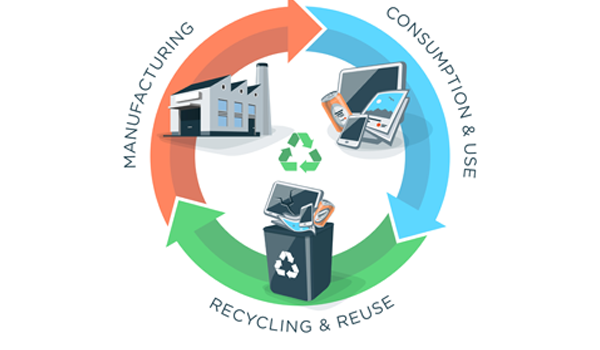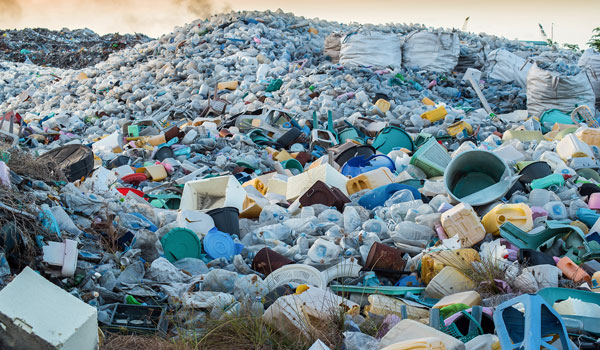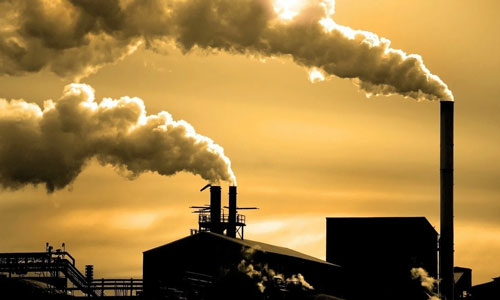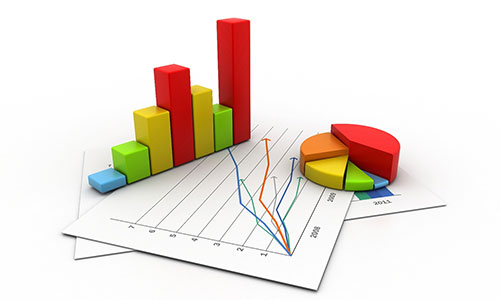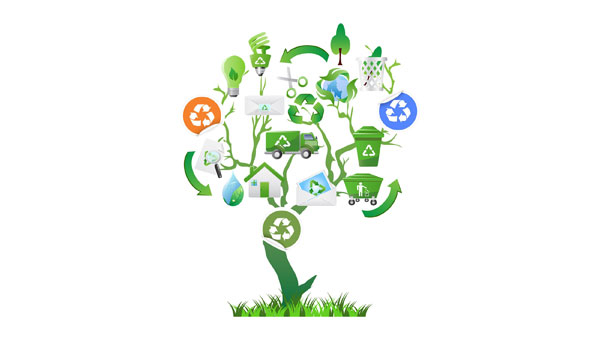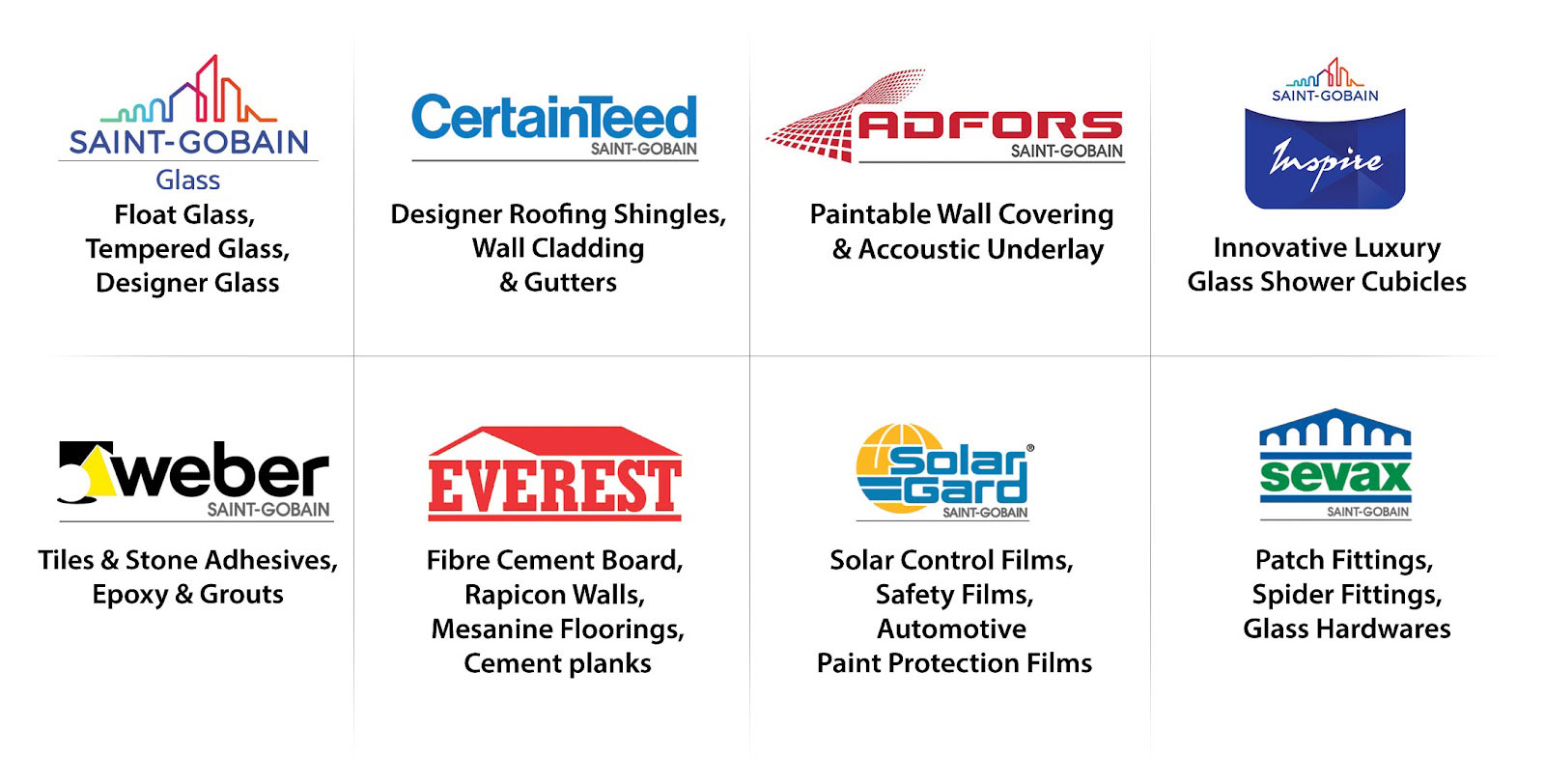Circular Economy Is Required
The world's population is expected to reach 10 billion by the year 2050. Our resources, the raw materials of the earth, are finite. As a result, we are seeing a rise in the price of global labour and raw material.
In the current circular economy model of business opportunities can provide novel approaches to mitigating these risks. In a circular economy, products and materials circulate through supply chains in a high-value state for as long as possible.
Products are designed and built to be part of a value network in which reuse and refurbishment at the product, component, and material levels ensure continuous (re-)exploitation of resources.


